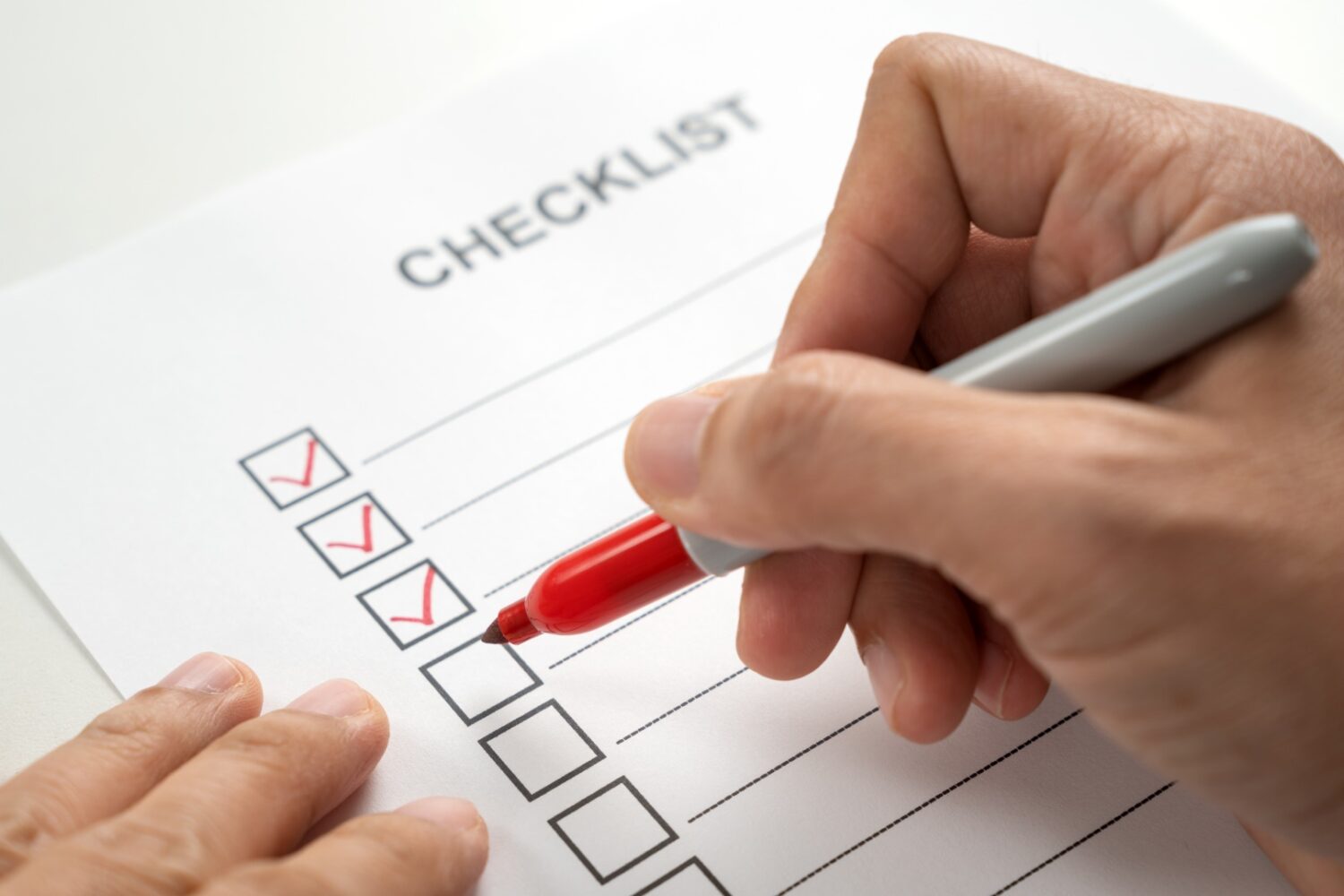TRA Skills Assessment Checklist: Make Sure You’re Ready
If you’re planning to migrate to Australia as a skilled tradesperson, one of the most important steps is completing a skills assessment through Trades Recognition Australia (TRA). This process ensures your trade qualifications and work experience meet Australian industry standards.
Whether you’re applying for a visa or Recognition of Prior Learning (RPL), having the right documents is key to a smooth and successful assessment. Use this TRA Skills Assessment Checklist to make sure you’re fully prepared.
✅ Identity Documents
To prove who you are, you must provide certified copies of:
- Passport (bio page)
- National photo ID (if applicable)
- Birth certificate (optional but helpful)
- Passport-style photo (clear and recent)
Tip: All documents must be certified copies and translated into English if they’re in another language.
✅ Qualification Evidence
TRA needs to verify that you’ve completed formal training in your trade.
- Trade qualification certificate (e.g., apprenticeship completion, vocational diploma)
- Academic transcripts showing completed modules, hours, and results
- Licenses or registration (if applicable in your home country)
Tip: If you don’t have formal qualifications, you may still qualify through Recognition of Prior Learning (RPL) or an Offshore Skills Assessment.
✅ Employment Evidence
This is where many applications fall short. You need to prove at least 3 to 5 years of hands-on trade experience.
For Employed Work:
- Employer reference letters (on company letterhead, signed and dated)
- Include: job title, specific duties, tools used, employment dates, hours worked
- Payslips
- Tax records
- Employment contracts
- Group certificates or wage summaries
- Bank statements showing wage deposits
For Self-Employment:
- Business registration certificate
- Invoices and receipts
- Tax returns or income statements
- Client references or testimonials
- Photos of completed jobs
- Detailed statutory declaration explaining your role and duties
Tip: All documents should support your claimed dates and duties. Inconsistencies can delay or damage your application.
✅ Work Task Evidence
TRA wants to see that you’ve done the practical, hands-on work of your trade.
- Photos of you at work
- Job cards or job reports
- Tool and equipment lists
- SWMS or JSA forms (if available)
- Work logbooks or daily journals
Tip: These help prove that your experience matches what’s expected in Australia for your occupation.
✅ Resume or CV
Include a current resume that outlines your:
- Full work history (in order)
- Job titles, employers, and locations
- Duties for each job
- Time periods and hours worked
Tip: Make sure the information in your resume matches your evidence exactly.
✅ English Translations
If your documents are not in English:
- Provide official translations by a NAATI-certified translator or equivalent.
✅ Technical Interview or Practical Assessment (if required)
Depending on your trade and assessment pathway, you may need to complete:
- A technical interview (to explain your knowledge and experience)
- A practical assessment (to demonstrate your hands-on skills)
Tip: Be prepared to discuss your work processes, safety practices, tools, and Australian standards.
Preparing your TRA skills assessment doesn’t have to be stressful—just organised. Use this checklist to ensure all your documents are ready, certified, and aligned. Getting it right the first time saves time, money, and headaches.
✅ Quick Recap: Your TRA Skills Assessment Checklist
| ✔ | Item |
| Passport bio page (certified) | |
| Trade qualification & transcript | |
| Employer references | |
| Payslips, tax docs, or contracts | |
| Self-employment evidence (if applicable) | |
| Work photos and job reports | |
| Resume or CV | |
| English translations (if needed) | |
| Certified copies of all documents |
Get started today!

